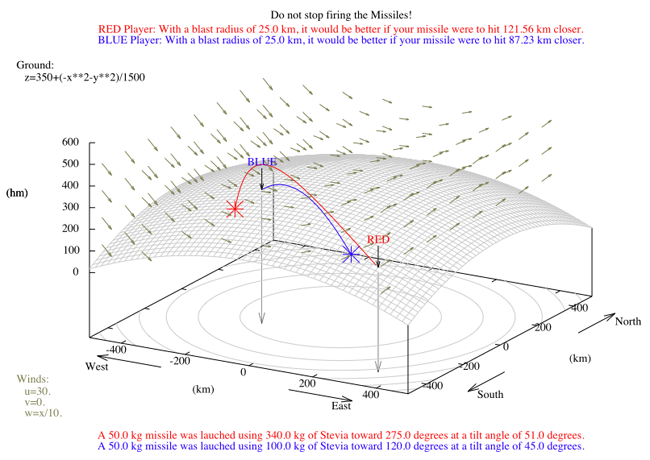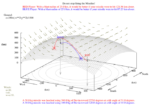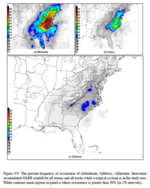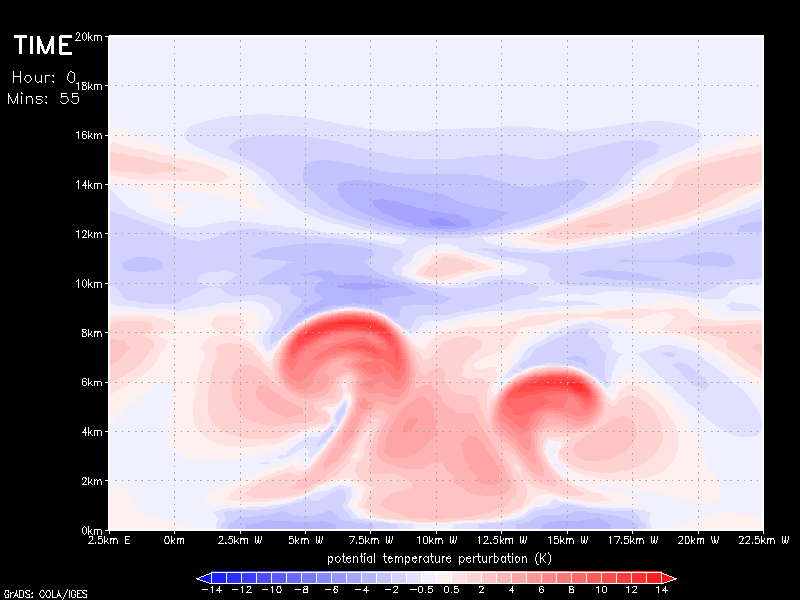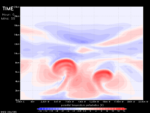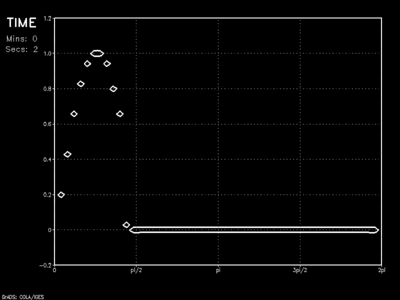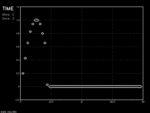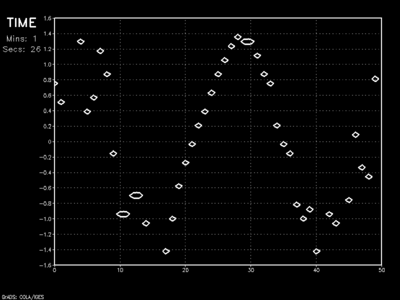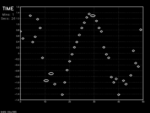3D Artillery Game
I recalled an old turn-based two-player computer game where players took turns firing missiles at each other’s base. You would specify the angle of fire and the game would trace out the path of the projectile through the air as gravity pulled it down to the surface to explode. It was a two-dimensional game that would randomly seed base positions atop varying topography. I set for myself the goal of coding this game in three dimensions. As a classically trained meteorologist, I also added air resistance and random wind fields.
